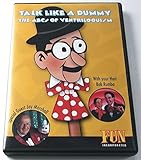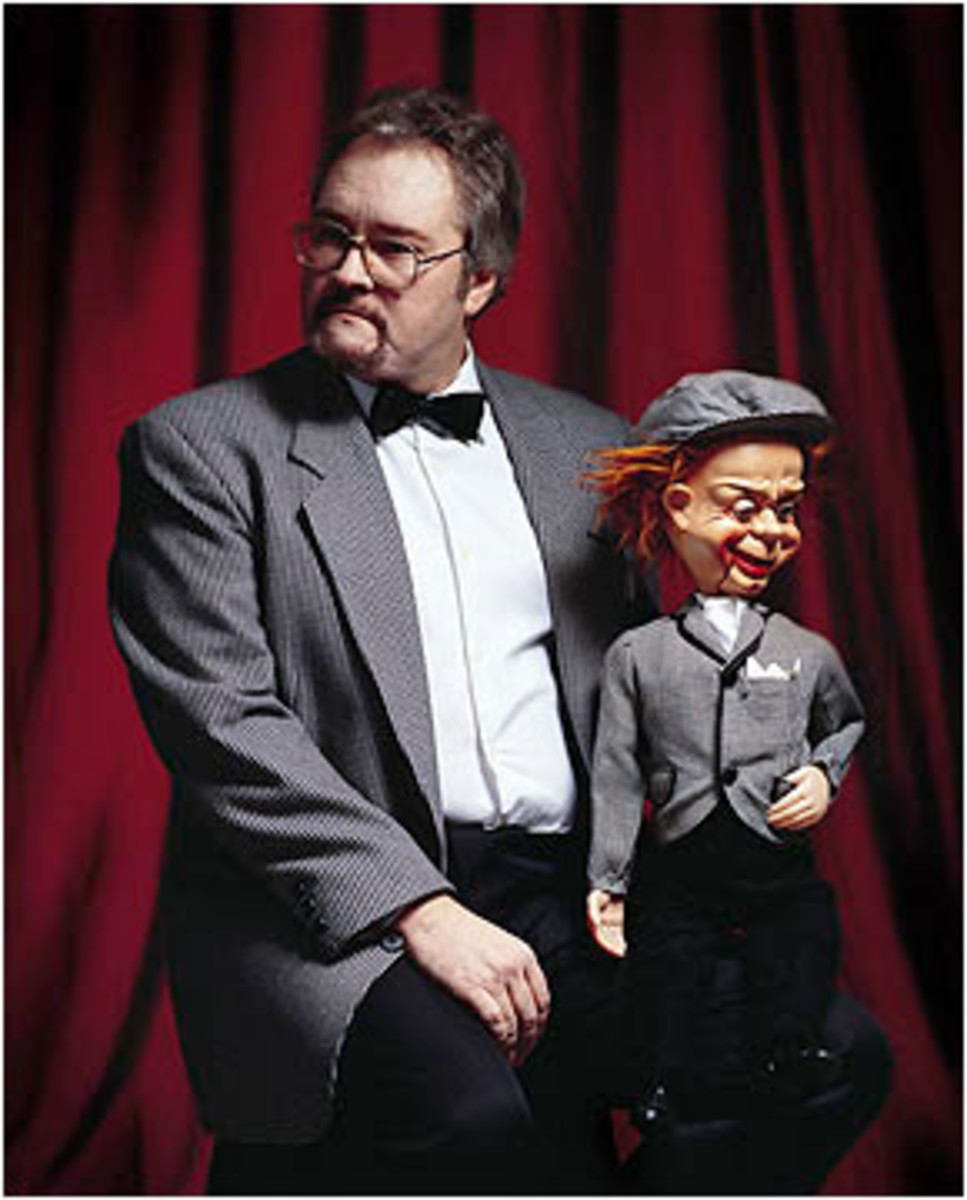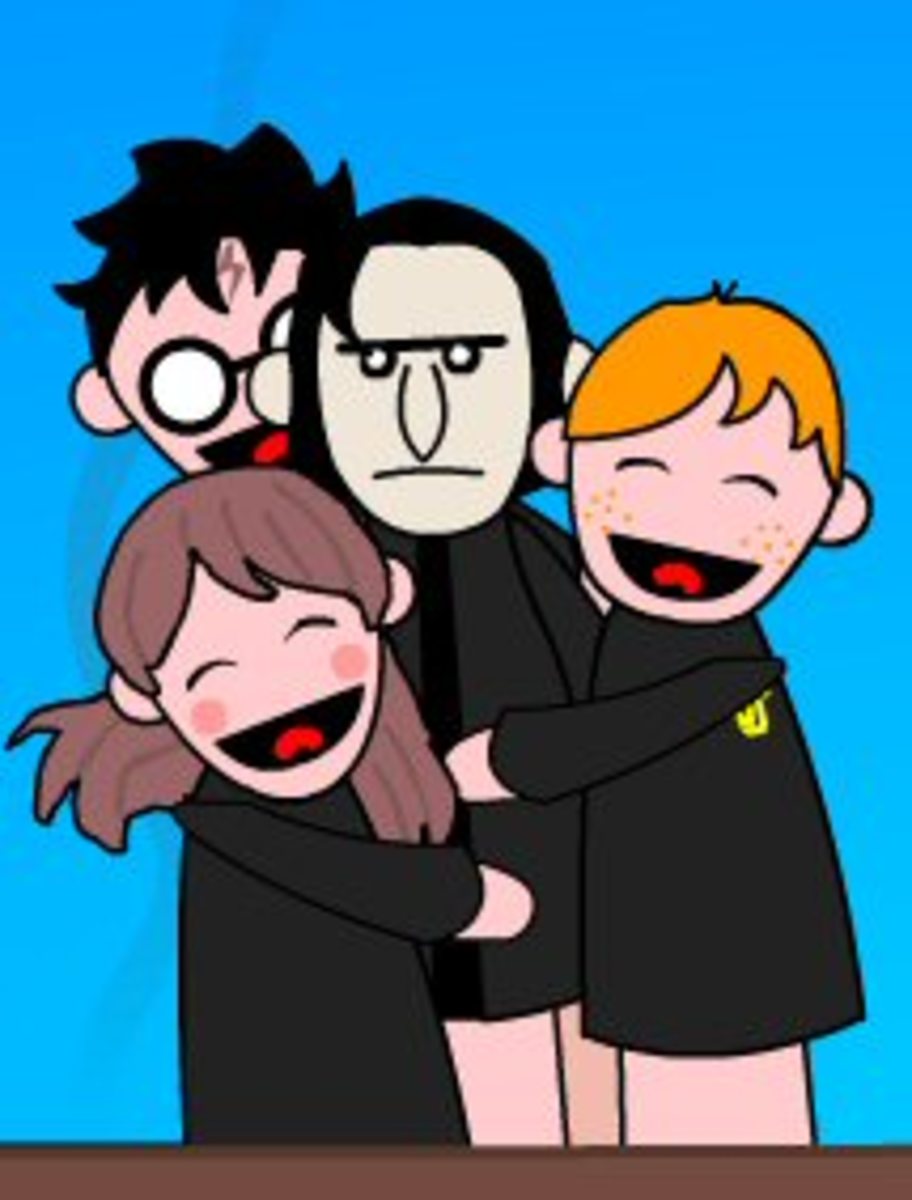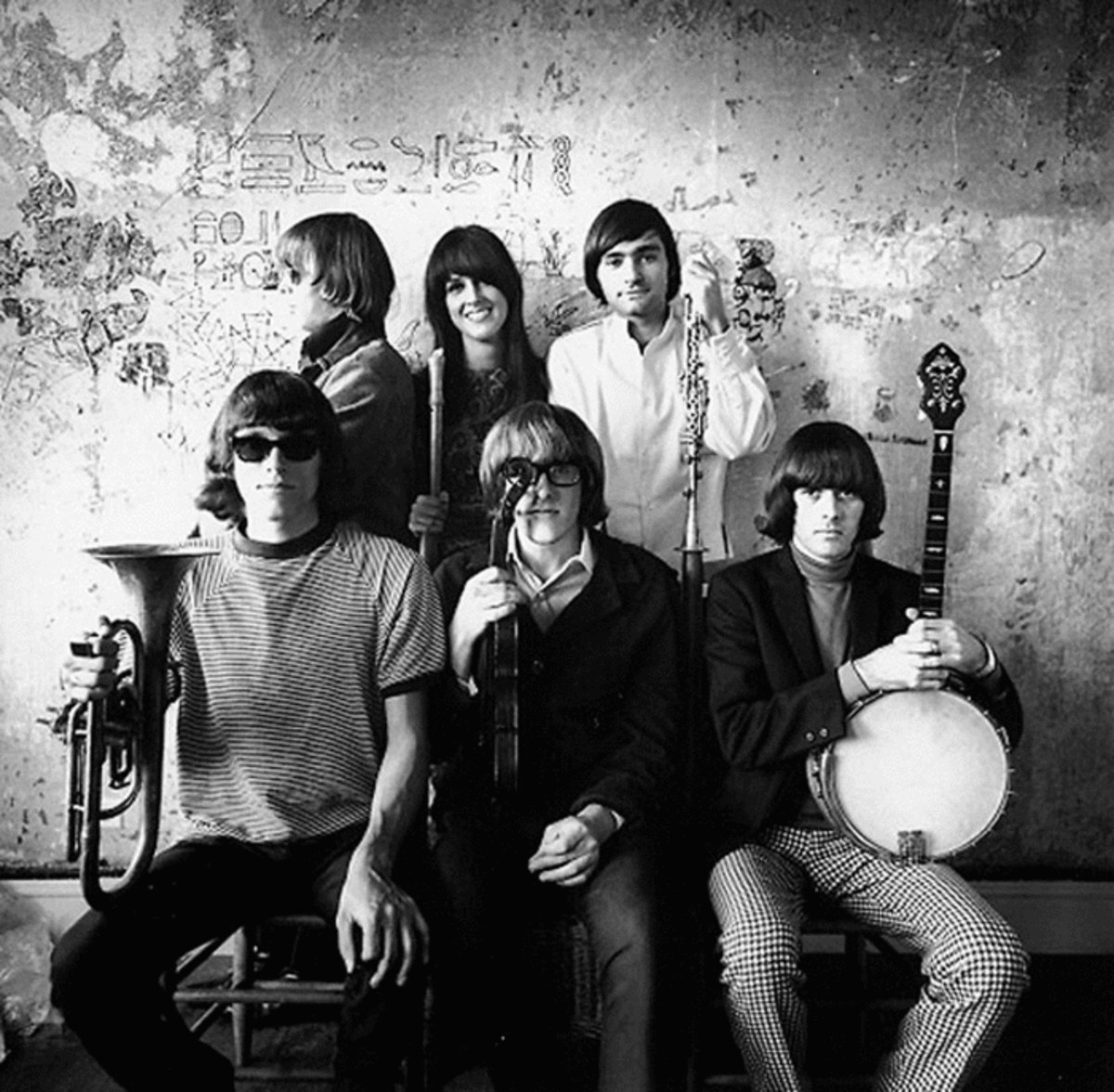Ventriloquism for Dummies : How to Be a Ventriloquist
Teach yourself Ventriloquism
The first thing most people think about when they think about ventriloquism is a guy sitting on a stool on stage with a puppet on his lap joking back and forth together. While this sounds very basic, it can be highly entertaining when done with skill, especially if the ventriloquist is a good actor and can really make the character "come to life".
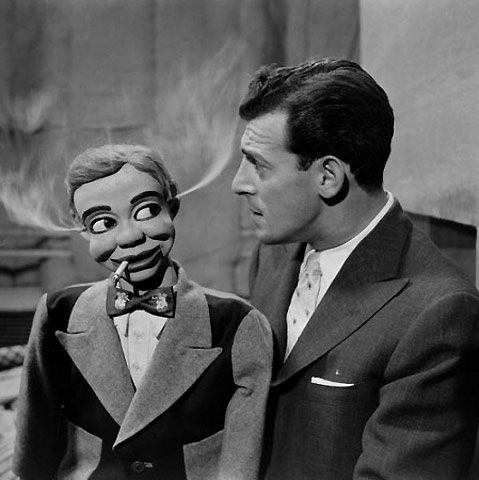
Obviously, apart from acting ability and being able to pull off a good comedy routine, a big part of becoming a great ventriloquist is being able to talk without moving your lips.
How to talk without moving your lips?
This can be a little tricky until you know how, as usually the mouth moves for good reason, it allows you to pronounce certain things!.
You will have to replace the usual mouth moving method with another method, this is the secret to being a good ventriliquist.
When practising, it helps if you hold a finger over your lips, almost as if telling someone to be quiet. This is a good way, at first, to prevent your lips from moving.
Now its time to go through the alphabet, as you do so, you'll notice its very hard to say certain words without moving your lips, for example, "b," "f," "m," "p," "q," "v," and "w".
These must be substituted with something else that sounds very similar. For "b," say "d" or "geh." For "f," try "th." For "m," try "n," "nah," or "neh." For "p," try "kl." For "q," try "koo." For "v," try "th." And for "w," try "ooh".
This might sound silly n theory, but in practice, if you emphasises the other syllables, it can sound convincing with practice.
Ventriliquism tips
To have your little friend sound convincing, his voice should be a lot different than yours.Experiment with different pitches and speeds and accents.
To bring the character to life, it really helps if the personality is a lot different than yours, maybe somewhat mischievous for example , think of different character traits and experiment with them.
Animate your little friend properly and he'll appear a lot more lifelike, its good if he appears to be " alive" from the moment his case is opened until he goes back in again, Puppety is an art form unto itself but with ventriloquism it's very important in keeping your character seem as alive as possible.
Hopefully these ventriloquism tips will help you get started!
Example of great ventriloquism
How To Throw Your Voice:
Your voice can't actually be thrown. The human ear is unable to determine the source of sound. To detect the direction of sound, it must work in tandem with your eyes.
When you watch television, it looks like the characters are conversing. The sound is being produced by the speakers. Your brain tells you that the sound originates from the actor's lips moving since your eyes see it moving.
This method was employed in ventriloquism long before television. When the eye notices the puppet's lips moving, the brain believes the sound is coming from the puppet. This is an important aspect of how ventriloquism works.
Puppet Head Movement
When it comes to head movement, it's vital to remember who you're talking to. You want the audience to be able to see your puppet's face the majority of the time.
When they can't see the character's face, they lose interest in the character. It then reverts to being a puppet, which is the polar opposite of the ventriloquist's illusion of life.
Emotions can also be expressed through head movement. When the head of your puppet droops, it looks to be unhappy, depressed, or sleepy. Disagreement is shown by shaking their head from side to side. Confusion can be expressed by tilting the head to one side.
Eye Contact
The puppet's eyes are a crucial element of convincing manipulation.
Your puppet must be aware of its surroundings in order to give the appearance of life. It needs to be able to observe things. This indicates you must be aware of where the puppet's eyes are pointed. Eye contact and head movement can also elicit laughter or tears. A chuckle can be elicited via a double take. Looking swiftly back and forth between items might give the impression of uncertainty.
Making eye contact with your puppet can also elicit an emotion. It might be enraged and trying to avoid you. It's possible that the puppet is ashamed and scared to confront you. Perhaps it is elusive because it is hesitant to tell you something.
The puppet should make eye contact with the audience members. It gives the impression that:
That individual is noticed by the puppet.
The puppet is contemplating something.
The puppet is aware that others are present.
The puppet contains some kind of aliveness.
Mouth
The mouth of your puppet may also be utilized to create a "mood."
Your puppet might seem to be smiling with its lips slightly open. This might give the appearance that your character is content.
Anger or hatred can be shown by a tightly clenched mouth and the puppet facing away from you.
Getting your act together
Finally, putting together a 10-15 minute ventriloquism routine is essential to being a ventriloquist.
You're a mix of comedian, magician, and storyteller. Your crowd is anticipating a performance.
So, what makes a good ventriloquism act? Usually a combination of nonstop banter, jokes, and perhaps a few songs or a quick magic act.
See? It's not only a matter of learning a few voice techniques! You must put together a whole ventriloquist performance and consider how different personalities and characters might interact to surprise and entertain an audience.
It's time to fine-tune your entire performance once you're up on stage after finally putting your ventriloquism act together. Maybe you still need to work on a few sounds or words, or a few lip expressions, or maybe a few jokes simply don't work for you.
That's what makes self-teaching ventriloquism so enjoyable and dynamic: the learning never ends. Remember, you're never alone on stage — you're always accompanied by your ventriloquism partner! So, what's preventing you from learning to do ventriloquism on your own?


